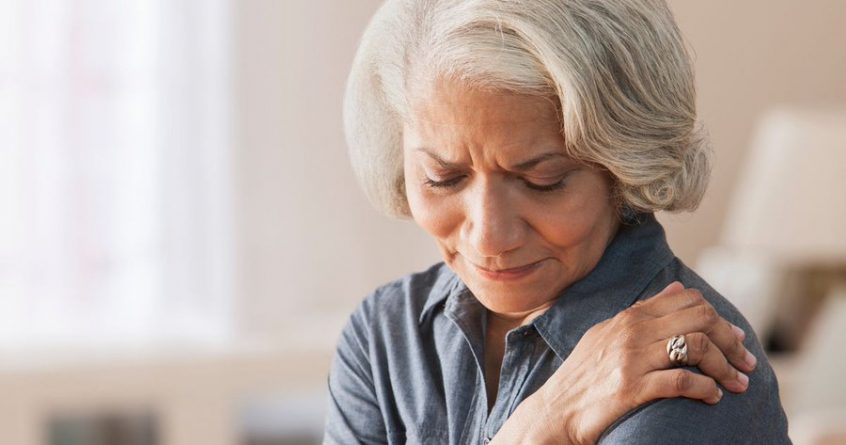Most won’t have symptoms or need treatment, but for some the pain is so severe it can be mistaken for a heart attack.
So it’s vital to know what you’re dealing with and there are official new guidelines from NICE for treating gallstones and gallbladder disease.
How do gallstones form? They’re thought to be the result of too much cholesterol in your gallbladder, which is a small pouch near your liver that collects bile from it.
Gallstones are more common the older you get – women, overweight people and over 40s are most at risk.
Biliary colic is a particularly severe form of abdominal pain and it’s invariably due to gallstones.
If infection of the gallbladder (cholecystitis) occurs or a stone gets lodged in the biliary duct, which is the exit tube, that’s when the pain can be mistaken for a heart attack.
Sudden pain under the right ribs, temperature, sickness and vomiting with pain lasting longer than eight hours warrants urgent admission to hospital.
It’s these episodes of pain that are called biliary colic. It’s important to pin down a diagnosis of gallstones as complications such as pancreatitis and sepsis may arise, says Sandra Hapca of Aberdeen University.
The clincher is pain felt classically in the right shoulder as inflammation irritates a nerve that stretches into your neck. Gallstones can be identified with an ultrasound.
The latest advice from NICE recommends keyhole surgery to remove the gallbladder if you have uncomplicated gallstones as we can live without a gallbladder.
A watch and wait approach is only a stopgap measure. That’s due to the risks of recurring biliary colic and complications, the commonest of which is infection – acute cholecystitis.
At one time a low-fat diet was recommended for anyone with gallstones but good evidence in support of it is scarce.
Even though biliary pain is severe, relief with non-steroidal anti-inflammatory drugs (NSAIDs) has been found to be as effective as opiates. So paracetamol and diclofenac are first-line treatments. Experts believe treatment with antibiotics isn’t helpful in biliary colic.
When any infection has settled it’s best the gallbladder is removed with a cholecystectomy, which is a common operation and most patients do well.
Patients should be warned about discomfort and indigestion after the operation, which is known as post-cholecystectomy syndrome.
This may be a reaction to the absence of your gallbladder.

